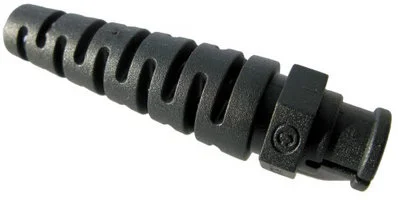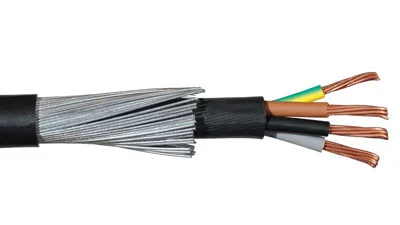Guide to Designing A Custom Cable P. II
In the previous blog we covered a few factors that are critical in the design of a custom cable assembly such as the difference in cable conductors, insulation and jacketing. In this blog we will complete the guide in designing a custom cable.
3. Custom Cable Shields:
Insulation protects a cable from mechanical abrasion, environmental moisture and spills, however, it offers no protection against electronic noise such as electromagnetic interference (EMI). Shielding is needed to guard the conductor against the effects of EMI.
Cables can be a main source and receiver for EMI. As a source, the cable can either conduct electronic noise to other equipment or radiate the noise like an antenna. As a receiver, the cable can pick up EMI from other sources. The shield surrounds the inner signal- or power-carrying conductors. It acts on EMI by either reflecting the energy or picking up the electronic noise and conducting it to ground. Through shielding, some energy still passes through, but it is greatly attenuated that it does not cause interference.
In order to successfully block interference the shield needs to be highly conductive; typically copper braids or aluminum foil is used. Aluminum foil is a thin layer of aluminum and can provide 100% shielding coverage to the conductor. A drawback is that the foil usually stiffens the cable, making it less flexible.
A braided copper shield is a woven mesh of bare or tinned copper wires. It does not provide 100% coverage due to the gaps in between the braids; it can provide up to 95% coverage. If the cable isn’t moving, the braided copper will provide a more powerful shield because it is more conductive than aluminum. However, the higher conductivity and the fabric texture causes thickness in the final design.
For optimum protection in a noisy environment, multiple shielding layers with both the aluminum shield and the copper braid can be used together. For cables with multi-conductor, individual pairs are sometimes shielded with a foil shield to protect against crosstalk between the pairs, while the overall cable is shielded with foil, a braid, or both.
The choice of proper shielding depends on several factors, including the electrical environment in which the cable is used, cable budget, and degree of flexibility required, etc.
4. Custom Cable Overmold and Strain Relief:
There are two major approaches to attach the connector to the wire or conductor of a cable. One is to use a field-assembled cable. With field-assembled cables you manually assemble the connector to the cable. This approach is feasible if the cable assembly is to be used in a protected environment and if the cable will have no repetitive connect-and-disconnect once deployed. Field-assembled cable assembly does not require creation of an overmold tooling and can save time during the assembly of a prototype cable.
An overmolded cable seamlessly integrates the cable and connector into a single part. In the overmolding process, a selective thermos material is heated and injected into a mold cavity, after cooling it conforms to the shape of the mold. The mold cavity can be simple or supplied with company name and logo, an extended strain relief and more for added effects.
It should be noted that the overmold methodology does not only apply to the connector; we also see an increase in engineeringing designs that are being applied to custom overmolded cable assemblies. For example, we see the overmolding of a ferrite bead into a custom cable assembly for EMI/RFI suppression or the overmolding of a PCBA onto a custom cable assembly for a host of integrated solutions.
What are the Benefits of Overmolded Cables?
Secured Connection:
Unlike a field-assembled cable, there is little to no chance the sealing on the connector will be compromised. The entire connector area is sealed and secured.
Strength:
Overmolded cable assemblies have integrated strain relief, giving them the ability to withstand exceptional pull force. This is almost impossible for field-assembled cable.
Additional Strain Relief:
Overmolded cable assemblies offer optional strain reliefs which will help expand the cable’s bending radius at the termination of the connector.
Aesthetics and Branding:
This is especially critical for companies in the high-end business which are keen in the branding of their products.
Although it is difficult to compare the cost between overmolded cables and field-assembled cables; generally speaking, when the cost of labor and the expenses associated with higher error rates for field assembled cables, it is evident that overmolded cables offer a lower total cost of ownership.
Overmolded cable assembly has been widely popular for more than three decades. Most cable assembly manufacturers are able to provide durable overmolded cable assemblies with multiple circuit sizes, lengths and affordable tooling costs.
Learn More About Cable Trends:
The Importance of EMI Shielding in Cable Assemblies
Download the free guide to uncover the reasons for EMI disturbance and how to avoid them.




